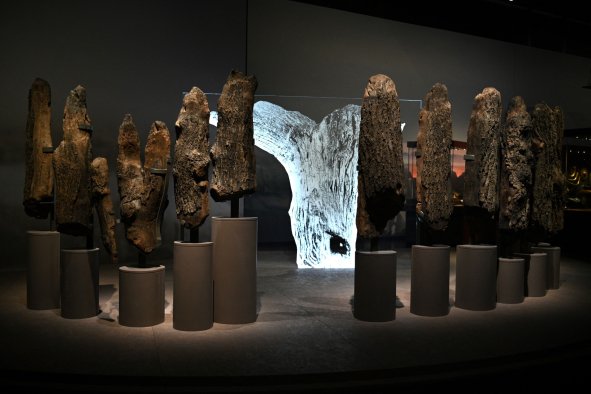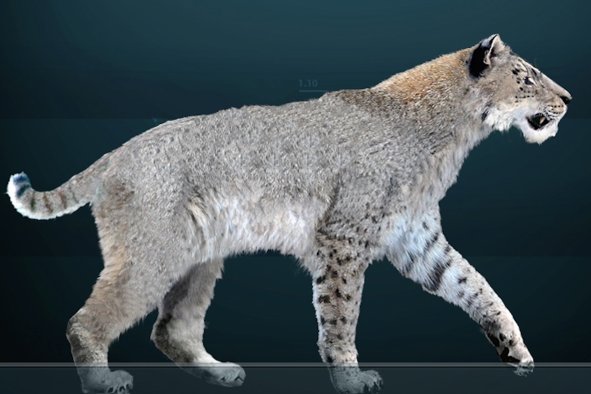Archaeologists working in the iconic ancient Roman site of Pompeii have discovered graffiti depicting gladiators and hunting scenes that were seemingly drawn by a young child.
The drawings, which were found in a part of the doomed city known as the Insula of the Chaste Lovers, provide a fascinating glimpse into the lives of children in Pompeii before the infamous eruption of Mount Vesuvius in A.D. 79.
This eruption destroyed Pompeii and buried the city beneath a layer of volcanic debris, perfectly preserving the remains as if the settlement was frozen in time.
In Roman architecture, an "insula" is either a type of apartment building or a city block. Pompeii's Insula of the Chaste Lovers, which is located in the central district of the ancient city, for example, is composed of several houses and a bakery.
At the time of the eruption in A.D. 79, the Insula was undergoing restructuring works, perhaps intended to repair the damage caused by an earthquake that had occurred a few days before. The area has been the subject of excavations recently but has not yet been investigated in its entirety.
On Tuesday, the Archaeological Park of Pompeii announced the discovery of the charcoal drawings, which were spotted on the walls of a corridor near a courtyard.
The simplicity of the execution and other features of the drawings indicate that they were made by a child, according to experts.
The preserved drawings depict a typical gladiatorial scene, with two fighters facing each other, as well as a scene of what appears to be a "hunting game" featuring two bestiarii—men who fought beasts in arenas—equipped with spears and pitted against a pair of wild boars. Another drawing depicts some kind of bird, possibly an eagle.
Archaeologists at Pompeii, together with psychologists from the University of Naples Federico II, came to the conclusion that in all likelihood the drawings of the gladiators and hunters were made after the individual witnessed events like these directly.
This indicates that young children in Pompeii may have had direct exposure to extreme forms of violence at Roman blood sports events.
"Probably one or more of the children who played in this courtyard, among the kitchens, latrine and flowerbeds for growing vegetables, had witnessed fights in the amphitheater, thus coming into contact with an extreme form of spectacularized violence, which could also include executions of criminals and slaves," Gabriel Zuchtriegel, the director of the archaeological park, said in a statement.
"The drawings show us the impact of this on the imagination of a young boy or girl, subject to the same developmental stages that are still found today."
Do you have a tip on a science story that Newsweek should be covering? Do you have a question about archaeology? Let us know via science@newsweek.com.
Disclaimer: The copyright of this article belongs to the original author. Reposting this article is solely for the purpose of information dissemination and does not constitute any investment advice. If there is any infringement, please contact us immediately. We will make corrections or deletions as necessary. Thank you.



